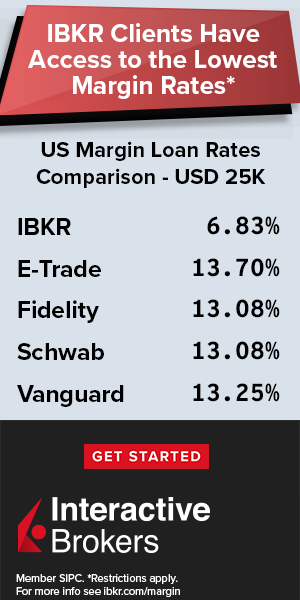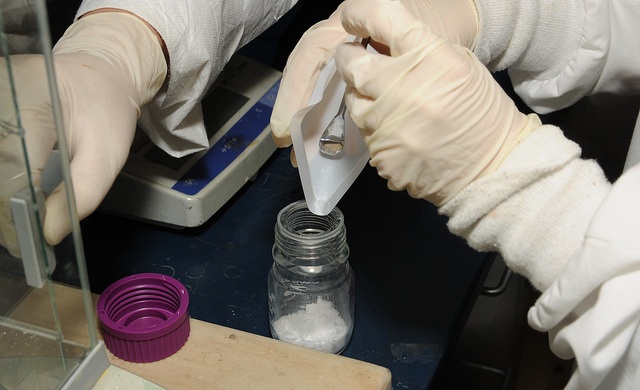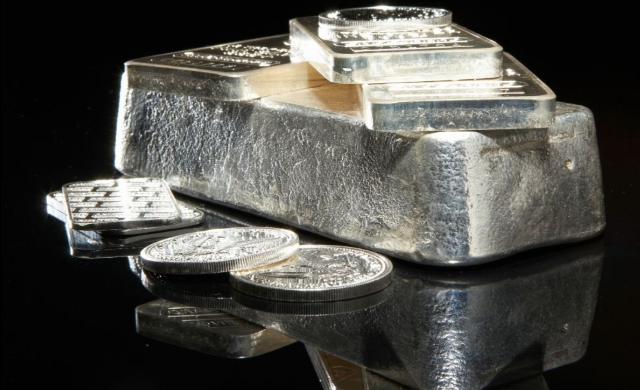Despite only launching in 2011, Junior ISAs are fast becoming the most popular way for parents to build a nest egg for their children as they grow up.

In the tax year 2022 to 2023, around 1.25 million Junior ISA accounts were subscribed to, representing a healthy rise on the 1.21 million recorded in 2021 to 2022.
Parents of all ages are becoming increasingly aware of the tax benefits and long-term advantages offered by Junior ISAs, or JISAs for short, but when is the best time to get your child started on their saving journey? And is it ever too late to begin saving for your child’s future?
With these questions in mind, let’s take a deeper look into the world of Junior ISAs, how they work, and when is the optimum time to get your child started in their saving journey:
What are Junior ISAs?
Junior Individual Savings Accounts, otherwise known as Junior ISAs, or JISA for short, are long-term, tax-free savings accounts designed to help parents, guardians, family, and even friends build a nest egg for those under 18 years of age.
With a tax-free annual allowance of £9,000 for the tax year 2024 to 2025, parents use a JISA to build significant wealth for their children if they get started from birth. However, there are a few eligibility requirements to keep in mind.
Junior ISAs are only available for children aged under 18 and living in the United Kingdom, although there are some exceptions for parents working overseas in the armed forces and other Crown servant roles.
There are also two types of Junior ISA to consider. Firstly, there’s the Cash Junior ISA, which offers tax-free interest on the cash you save on behalf of your child. Secondly, you have the Stocks and Shares Junior ISA, which allows parents to invest savings with the opportunity to grow their wealth with tax-free benefits for capital gains and dividends received.
You’re also free to open both a Cash JISA and a Stocks and Shares JISA if you see fit, but the £9,000 allowance must be shared between both accounts.
Your child can also take control of their account when they turn 16 years of age, however, they cannot withdraw their savings until they turn 18.
Is a Junior ISA Worth It?
There are plenty of more ad hoc ways for parents to save for their children, but with a Junior ISA, you can save and make investments on an entirely tax-free basis in terms of interest and gains.
This is crucial because other approaches to saving could see parents taxed at their usual rates for all the interest, meaning that they’re losing out on achieving the full growth potential of a JISA.
Junior ISAs protect against these losses with all interest being tax-free. This helps your child to benefit from a savings account where gains can be reinvested for even greater profitability through compounding, which offers a far more substantial rate of growth.
When Should I Open a JISA for My Child?
Your child is eligible for a Junior ISA from birth, and opening up a savings account as early as possible opens the door to saving up to £9,000 per year for the whole first 18 years of their life, potentially placing £162,000 into a tax-free nest egg that’s likely to appreciate significantly over this time frame.
Although there are clear benefits to opening an account sooner rather than later, locking away savings for many years into the future can simply be too hazardous for many parents, so it’s important to assess your financial situation and make a measured decision on whether you can afford to build savings for your child without the risk of struggling with more short-term expenses.
Babies can be expensive, and it’s worth doing some research before opening your JISA early to avoid becoming uncomfortable in keeping up with these new costs.
Am I Too Late to Open a Junior ISA?
As long as your child is under 18 years of age, it’s never too late to begin saving for their future. Both Junior Cash ISAs and Stocks and Shares ISAs are available to open provided that your child is 17 or under, and it can certainly be a valuable way to introduce them to the concept of saving as they get older.
Because your child is free to take control of their JISA from the age of 16, it could be advantageous to open their Junior ISA later to help them learn the ropes of investing and explore how savings can grow over time.
In short, if you’re worried that you’ve left it too late to get the most from your child’s JISA, don’t worry. Opening a JISA comes with many prospective tangible and intangible benefits that can help your child build wealth and learn about investing.
Is There a ‘Wrong Time’ to Open a JISA?
Remember that contributing to your child’s Junior ISA means that you’re locking savings away until they turn 18. Although you may feel financially secure enough to begin saving for your child, JISAs can potentially see funds locked away for 18 years, during which time many things can change.
With this in mind, it’s certainly worth keeping future rainy days in mind when adding to your child’s JISA. Do you have sufficient savings should things go wrong in the future? Your child can benefit significantly from a healthy pot by the time they turn 18, but having a financially stable upbringing is far more important for their development.
Safely Building for the Future
When it comes to opening a Junior ISA for your child, you can make the biggest impact by getting started as soon as possible. However, there are many risk factors to consider before you decide to push for that £9,000 annual allowance.
Avoid saving an amount that could put your short-term economic health at risk, and try to conduct cash flow forecasts where possible to better understand how much you’ll need to retain over the months and years ahead.


 Hot Features
Hot Features










